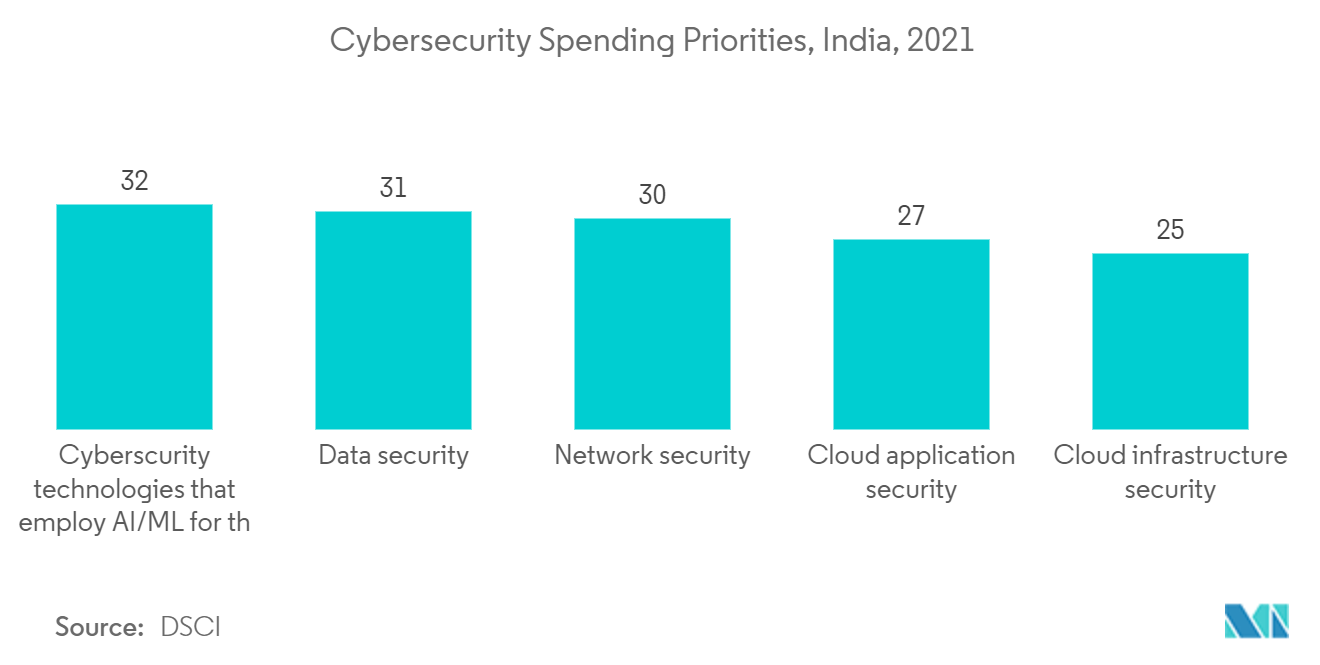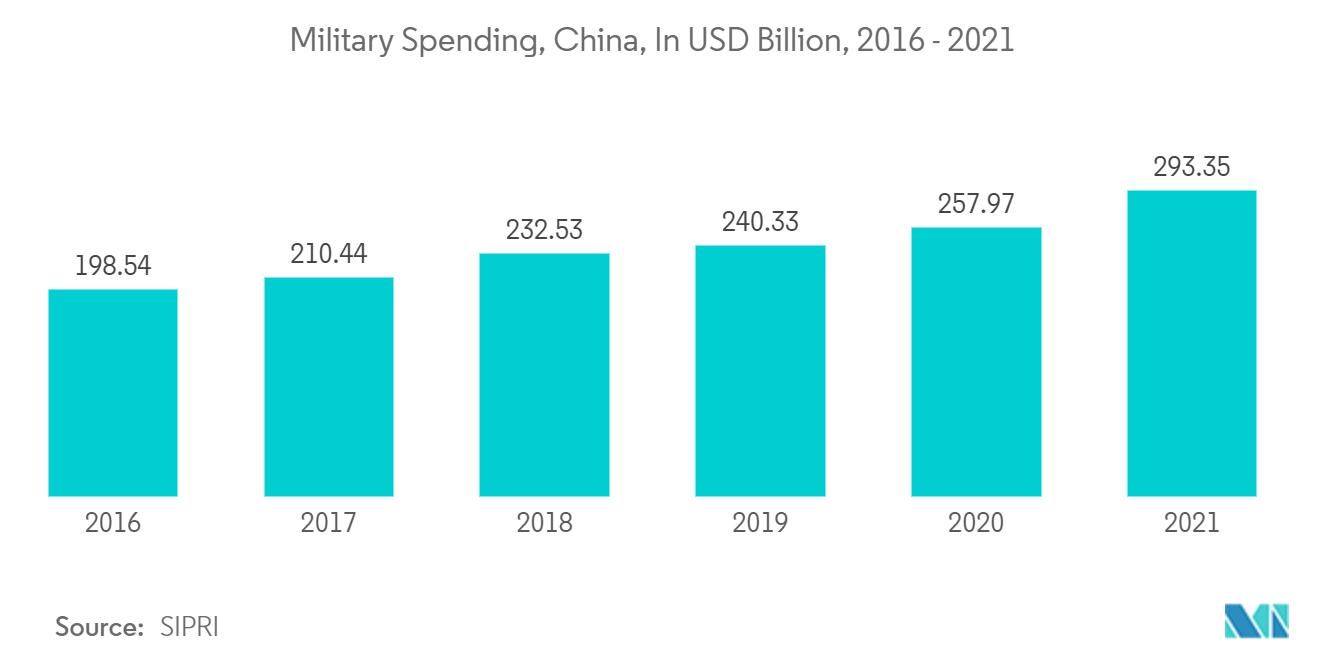Market Trends of Asia-Pacific Access Control Hardware Industry
This section covers the major market trends shaping the APAC Access Control Hardware Market according to our research experts:
Increasing adoption of face and fingerprint biometric capabilities
- The Asia-Pacific Access control hardware market is expected to grow high in the future. There is increased adoption of access control systems by the government and defense sector. For instance, the access control hardware system can be used in identifying security threats, used in international identification programs, and increased cloud-based hosted access and ID systems installed by integrators for both government and commercial sites. Identification and authentication technology are driving growth in the Access control hardware market.
- The Aadhaar project in India is emblematic of biometric registration. It is the world's largest biometric identification system and the backbone of India's trustworthy Identification and authentication. The Aadhaar number given to all Indian residents is a 12-digit unique identification number. This Aadhaar card is derived from biographic and biometric information (a photograph, ten fingerprints, and two iris scans). According to Indian government data, in January 2022, 1.3 billion Aadhaar IDs were issued, encompassing more than 99% of India's adult population.
- Traditionally, contactless biometrics were used for applications such as military access control, civil identity, and criminal Identification, all governed by a strictly technological and legal framework. However, contactless biometrics are now being used in various industries, including BFSI, healthcare, education, military and defense, and many others.
- Furthermore, companies use face recognition technology to identify their personnel as soon as they enter the organization. The Biometric and Facial recognization technologies play a signification role in the growth of the Access control hardware market.

China Holds Largest Market Share in Asia-Pacific Access Control Hardware Market
- Increased terrorist threats and increased government investment to improve security are two major drivers driving access control hardware sales in China. Furthermore, China's growing economy creates a significant requirement for security systems.
- The access control system also enables users to manage access to nearly everything, including file access, workstation access, printer access, facility, building, or office access, among many others. For Instance, Government expenditures on infrastructure development projects such as the Beijing International Airport's expansion and the China-Pakistan Economic Corridor (CPEC) are driving more demand for the adoption of access control hardware systems.
- In India, the demand for the access control hardware market is significantly growing. In the future, more government and private entities will be investing in advanced security systems for workplace solutions and data protection. Factors such as the rapid deployment of access control systems across defense and commercial sectors are driving the demand in India.
- The development of technologically advanced, contactless smart cards for various applications is likely to drive the need for access control systems. The country's urbanized areas, including Chennai, Hyderabad, Mumbai, Delhi-NCR, and Bangalore, have made remarkable progress in advancing security systems pertaining to IT centers, commercial spaces, and government buildings.

